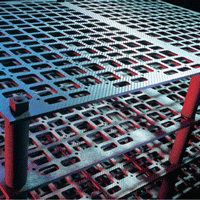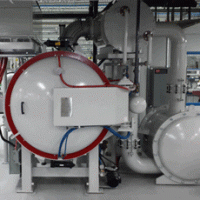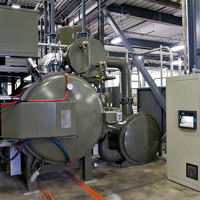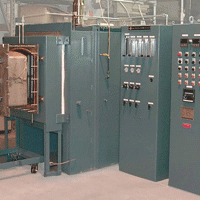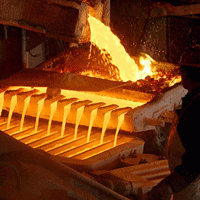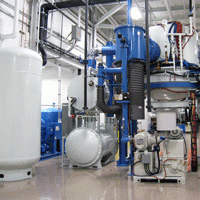The most important materials used in man’s history have lent their names to the periods concerned, namely the stone, copper, bronze, and iron ages. Although it would be an exaggeration to call modern times the ‘graphite age’, graphite has become an indispensable and reliable material for the manufacture of modern high-performance products made from metal and ceramics. Graphite-based composites, in particular, are gaining constantly in importance. In the high-temperature applications field, these composites include carbon fiber-reinforced carbon (C/C for carbon composites) and carbon fiber-reinforced silicon carbide (C/SiC), as well as rigid and flexible felts based on pitch or viscose fiber. Carbon fiber-reinforced carbons (C/C for short) are used in modern vacuum or protective gas furnaces in the form of heating elements or charging systems. They are characterized by thermal shock resistance, the absence of distortion, low mass and strength increase with rising temperature. These features enable users to operate their plants more effectively, minimize reject rates and therefore reduce the cost of production. CIC is thus a key element in many process optimization steps and helps companies to improve their competitiveness.
Towards the end of the 19th century, carbon fibers based on pyrolyzed bamboo were used to manufacture incandescent filaments. In the 1950s, fibers with aligned crystalline structures were first produced in Great Britain. The starting materials now used for the production of carbon fibers are viscose (rayon), PAN (polyacrylonitrile) and pitch. Among these raw materials, the one with the poorest electrical and thermal conductivity is viscose. It is therefore often used as a thermal insulation material in the form of felts. Felts can be used up to a temperature of 2700°C. Pitch materials cost less than PAN, but the subsequent treatment required makes the pitch more expensive. by Alexander Racek, SGL CARBON GmbH

